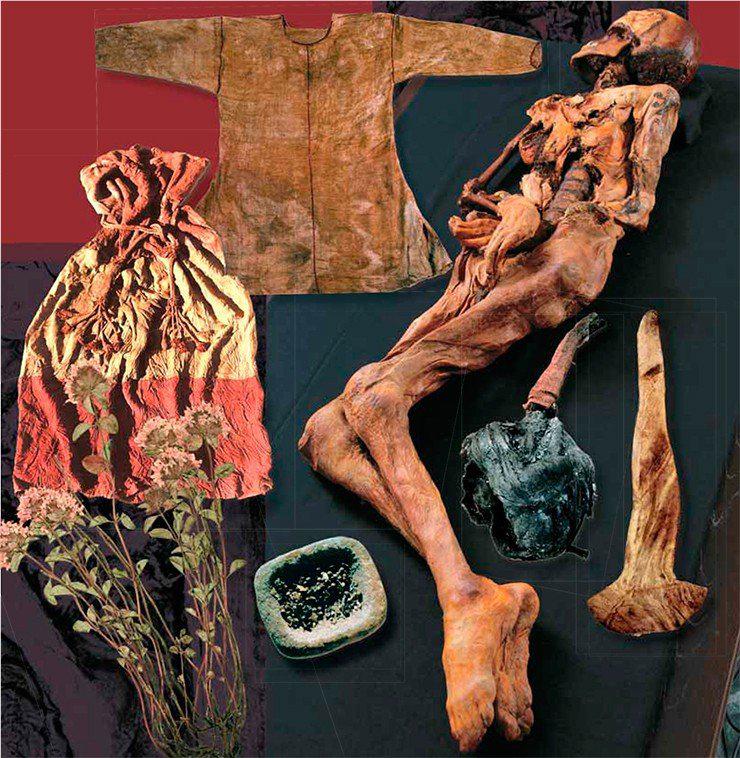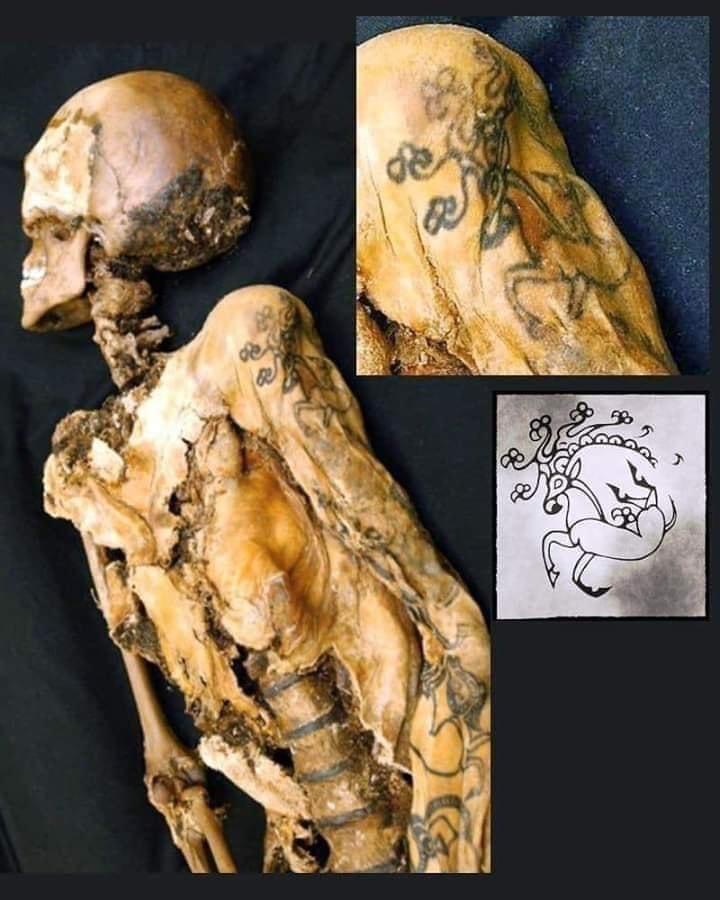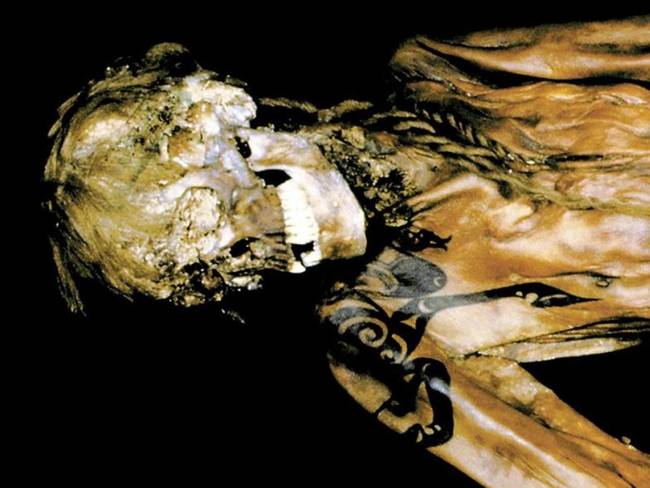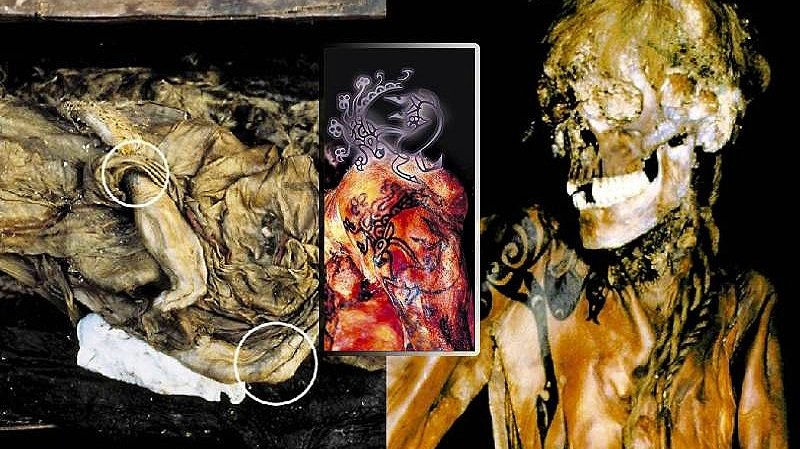
Table of Contents
ToggleWho was the Siberian Ice Maiden?

The Siberian Ice Maiden Mummy

Polosmak and her team were guided by a border guard, Lt. Mikhail Chepanov, to a group of kurgans situated in a disputed territory between Russia and China. A kurgan is a burial mound filled with smaller sediment and covered with a pile of rocks. Typically, these mounds covered a tomb chamber, which contained a burial inside a log coffin, along with accompanying grave goods. These burial chambers were constructed from notched wood logs to form small cabins, resembling the semi-nomads’ winter shelters. The Ice Maiden’s tomb chamber was built in this manner, and the presence of wood and other organic materials has allowed for precise dating of her burial.

Exploring the Tomb
Inside the Ice Maiden’s tomb chamber was her coffin, crafted from a solid larch wood tree trunk and adorned with leather appliqués depicting deer figures. The chamber also contained two small wooden tables with tray-shaped tops, used to serve food and drink. On these tables, horsemeat and mutton had been placed, and the residue of a dairy product, possibly yogurt, was found in a wooden vessel with a carved handle and stirrer. Additionally, a horn cup held some type of beverage, intended to sustain her on her journey into the afterlife. These provisions and artifacts underscore the importance of ensuring the deceased was well-equipped for the afterlife according to the customs of the Pazyryk culture.

The Truth About the Cannabis Use
The cause of the Ice Maiden’s death remained unknown until 2014, when new research suggested that she likely succumbed to breast cancer, combined with injuries sustained in a fall. In a 2004 article, the original researcher, Natalia Polosmak, mentioned that the woman likely used cannabis vapor as a necessity for pain relief, leading to a misconception that she was buried with cannabis. However, this is untrue; she was actually buried with coriander seeds, which were initially mistaken for cannabis.

